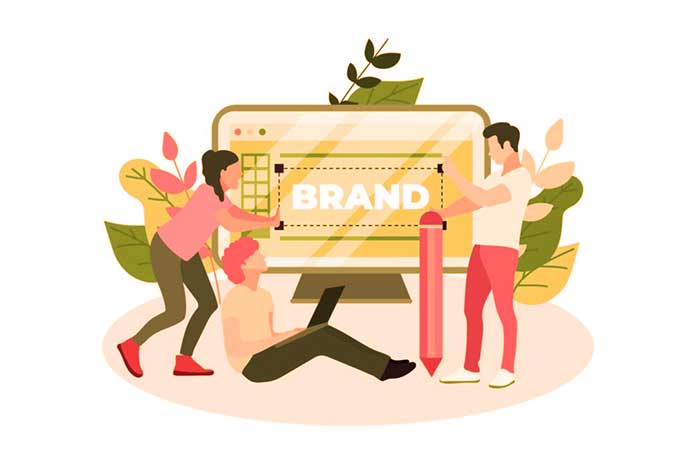If you start studying business fundamentals, you’ll quickly realize that brand loyalty matters a great deal. Say that someone buys a product. As the manufacturer, you’d do practically anything to ensure that person becomes a repeat customer. That way, you’re locking them in and making sure they don’t go with one of your competitors.
It is not always easy devising ways to get that repeat business that’s so valuable to you, though. We’ll discuss how you might do it in the following article.
Make an Amazing Product
About 60% of car owners choose the same brand when they trade in their old vehicle for a new one. That’s not a coincidence. They find a car brand they like, and they stick with it unless you give them a reason to start looking elsewhere.
Making an excellent product is one way you can encourage brand loyalty. To do that, you need to listen to what customers want. You can conduct focus groups or give them surveys when they buy products from you.
You can pay your focus group participants, or else you can give them each a gift card or a free product. You can ask them whether they like the current products or services you offer, or what you might do to change them if there’s anything they don’t like.
With surveys, you can give a customer an opportunity to fill them out and answer your questions, and you might offer them a chance to win a prize when they do so. You can also provide that same survey to anywhere who visits your website, even if they don’t necessarily buy anything. The very fact that they visited your website indicates an interest.
You can then take that information into account and make any changes to existing products that your customers seem to want. You can also have your R and D team work on new products if you keep getting feedback that your customers and would-be customers want a particular item that you don’t already sell.
Create an Ideal Customer Profile
If you can create and use an ideal customer profile for your marketing, you can also encourage brand loyalty that way. You create an ideal customer profile by gathering data from everyone who buys from you.
This kind of customer profile is an idealized, fictitious individual who you feel will probably buy your products or use your services. You can identify this person and figure out what motivates them by collecting analytics-driven information. Focus groups and surveys can help, but you can also gather data based on who uses your site and how they interact with it.
Once you create an ideal customer profile, you can craft ad campaigns based on that. You might put ads for your products and services on social media, but you can focus only on the platforms you’re certain your ideal customer uses. For instance, if they’re in their 40s or 50s, they might use Meta, while they might use YouTube if they’re part of a younger generation, like Millennials or Gen Z.
You can also determine things like how much disposable income they have, their gender, their marital status, etc. When you do that, you’ll know what ads will appeal to them, how to price your products, and more.
Respond Quickly to Customer Complaints
You’re always going to get customer complaints occasionally about your services and products. You can’t avoid that. However, you can control that narrative by deciding how you’ll respond to those complaints.
You want several ways for a customer to reach out to you. For example, you might have a phone number on your website that they can call if any of your products or services don’t work for them. You should also have an email address for them to use to get to your help desk.
In addition, you should have an automated chatbot on your site that your customers can use if they don’t want to talk to a live operator. The chatbot can address many of their concerns, but it can also pass them off to a human if they ask for that. You should also respond quickly if anyone ever reaches out to you via social media, such as with a Twitter complaint.
If you respond quickly, you’ll get that reputation. Customers will understand that your company cares, and they’re more likely to buy from you again.
Create a Customer Loyalty Program
Creating a customer loyalty program isn’t a new idea, but it’s a proven one. You just have to figure out a way to make it work for you. You’ll need to customize and craft it based on what products you make or services you offer.
For instance, you might offer your customer a loyalty card if you make sandwiches. Subway had a loyalty program for years that allowed you to get a free sub after buying a certain number at the regular price.
It’s a lot more likely someone will keep coming back to Subway day after day to pursue that free sandwich vs. going to McDonald’s or Wendy’s.
If you run a garage chain, you might offer someone a free oil change if they buy three oil changes at your locations. If you run a car dealership, maybe you’ll create a promotion that encourages loyalty. If a person trades in their car with you that they bought at one of your dealerships, you’ll knock 3% off of a new one’s price.
Consider what you can offer a customer to keep them loyal. Sometimes, the cost of whatever you offer will seem negligible, but you will keep an individual coming back.
If a consumer likes what you do for them enough, they might even become a generational customer. They’ll teach their child that you cut them a fair deal every time, and that kid will start coming to see you when they become an adult. That’s brand loyalty working at the highest possible level.

